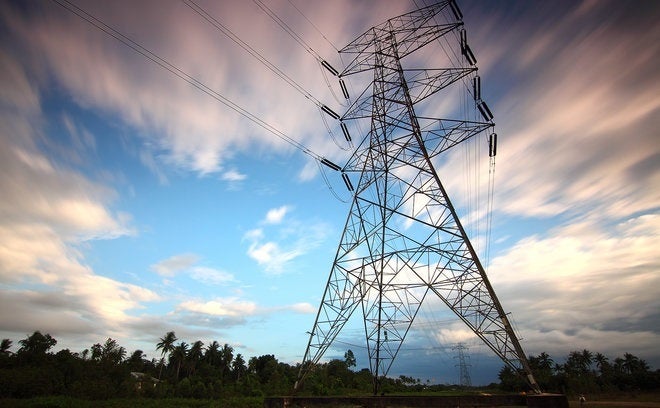Electricity reaches less than one-quarter of Haiti. This is an obstacle to economic and social development.

Today, the biggest obstacles to the development of the electricity sector in Haiti are the weakness of institutions, systems, and poverty. Many people take electricity without paying for it, severely affecting the income of the electricity provider, and leaving it unable to fund infrastructure improvements.
The Haitian electricity market comprises five isolated areas. Apart from in Port-au-Prince, these are powered by small generators. Electricity production in large cities is largely provided by independent producers, who enjoy monopolies without competition.
Energy is just one topic being studied in the research project Haiti Priorise. Competing challenges to the economy, education and health all vie for attention and resources. Which should be prioritized first for additional funds? We have worked with Haitian and international economists.
Within the topic of energy, there are different areas being studied, including generation, renewable energy, and off-grid energy. Today, we will look at two policies that could get 24-hour electricity to 50 percent of the population in 2030, based on a research paper by electricity expert Jean Edouard Pauyo. Fixing the transmission network can be compatible with different production technologies, including thermal and renewable energy.
There are two types of electric lines for the transportation of electricity. Transmission lines are high voltage, and carry electricity long distances. Distribution lines are lower voltage and are for short distances, to transport electricity locally. You can see them on the side of the street.
Dr. Pauyo has studied the costs and benefits to Haiti of setting up a transmission network, and a distribution network.
A National Transmission Network would connect Port-au-Prince, Jacmel, Jérémie, Gonaïves, Cap Haïtien, Môle Saint Nicolas, Fort Liberté and the Péligre plant. It would require the construction of approximately 1,079 km of high-voltage power lines connecting the country’s main cities, the extension of 12 substations across the country, and the construction of a national energy control center.
The lines would be the most expensive component, costing more than 69 billion gourdes ($1 billion). The overall investment to build the network would be around 110 billion gourdes ($1.6 billion). With the ongoing costs for maintaining the transmission network, the total cost across the next three decades will land at 144 billion gourdes ($2 bn).
But there are significant benefits. This network would help create the conditions for a competitive wholesale electricity market. It will lower the production cost of electricity. It will enable the integration of cleaner renewable energy sources, such as solar and wind turbines. It will lower the cost of rural electrification, thanks to a high voltage network across the country integrating the isolated systems. It will alleviate poverty. And it will lower the steep price that the Haitian economy pays when it cannot currently get electricity to where it is needed. Dr. Pauyo estimates these benefits to add up to around 891 billion gourdes ($13 billion).
What this means is that every gourde spent on creating an integrated electricity transmission network would generate returns to society worth around 6 gourdes.
Setting up a distribution network involves fixing 1,920 km of medium voltage and low voltage lines, constructing 1,350 km of medium and low voltage lines, connecting around 750,000 new subscribers with electronic meters that can be read remotely, and updating the billing system.
Perhaps surprisingly, it is this last task – updating the billing system – that is most expensive part of the investment, at around 6.9 billion gourdes ($100 million), making up about half of the overall set-up cost of 15.7 billion gourdes ($228 million). With operations and management and with transmission losses, the total cost over the next thirty years runs to 45 billion gourdes ($657 million).
Benefits, too, are similar to the transmission network. The distribution network will help increase the rate of access to electricity from 25 percent to more than 50 percent of the population. It will allow for the reduction of theft and it will reduce the costs of electricity production. It will help to reduce the costs of breakdowns and improve the living conditions of the population. And it will lead to economic growth.
These benefits to Haiti add up to around 829 billion gourdes ($12 billion). So each gourde will deliver 10 gourdes of benefit.
There is a compelling case to solve Haiti’s electricity problems. Regardless of what steps are taken on production, it is necessary to improve transmission and distribution. The sums involved are large for Haiti—but so, too, are the benefits.
